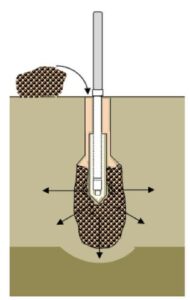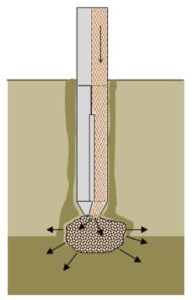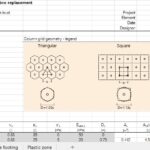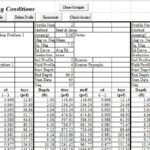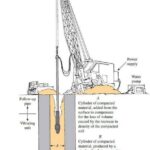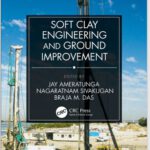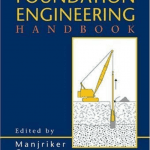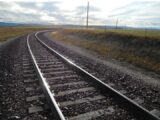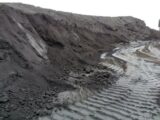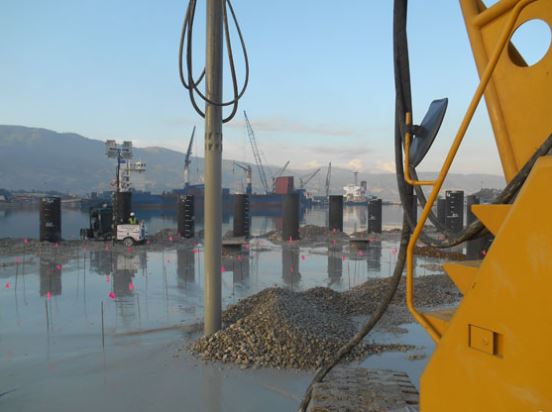
Stone Column Method For Ground Improvement
29 May 2021Stone column method for ground improvement
Stone column method for ground improvement is a vibro-replacement technique, where the weak soil is displaced using a cylindrical vibrating probe (i.e. vibroflot), thus creating a column that is then filled and compacted with good-quality stone aggregates.
With the inclusion of stone aggregates to the in situ soil, its stiffness and load-carrying capacity increases. It also helps to reduce the static as well as differential settlement of the soils.
Bulging action of the stone columns imparts lateral confinement to the surrounding soils and it also acts as a drainage path accelerating the consolidation of cohesive soils.
These stone columns are generally used for soils that are much more compressible but not weak enough to necessitate a pile foundation. Moreover, for the construction of low-to-medium rise buildings on soft soils, pile foundation sometimes becomes expensive. In such cases, stone columns are preferred.
Stone columns are very useful for the improvement of cohesive soils, marine/alluvialclays, and liquefiable soils. Stone columns have been used successfully for a widerange of applications from the construction of high-rise buildings to oil tank foundation, and for embankment and slope stabilization.
Stone column installation methods
For the installation of stone columns a vibrating poker device is used that can penetrate to the required treatment depth under the action of its own weight, vibrations, and actuated air, assisted by the pull-down winch facility of the rig.
This process displaces the soil particles and the voids created are compensated with backfilling of stone aggregates. The vibroflot penetrates the filled stone aggregates to compact it and thus forces it radially into the surrounding soils.
This process is repeated till the full depth of the stone column is completed. The lift height is generally taken as 0.6–1.2 m for the filling and compaction of the stone aggregates.
Depending upon the feeding of stone aggregates into the columns there are basically two methods for the installation of stone columns:
1- Top-feed method
In the top-feed method, the stone aggregates are fed into the top of the hole. The probe is inserted into the ground and is penetrated to the target depth under its own weight and compressed air jetting. However, jetting of water is also done especially when the soil is unstable. This also helps to increase the diameter of the stone columns and to washout the fine materials fromthe holes.
The top-feed method is suitable when water is readily available and there is enough working space to allow for water drainage. Moreover, the soil types should be such that it would not create messy surface conditions due to mud in water.
The top-feed method is preferable when a deeper groundwater level is encountered.
Stone Columns installation Top-feed Method
2- Bottom-feed method
The bottom-feed method involves the feeding of stone aggregates via a tremie pipe along the vibroflot and with the aid of pressurized air. The bottom-feed method is preferable when the soil is highly collapsible and unstable. However, the stability of holes will also depend upon the depth, boundary conditions, and the groundwater conditions. In areas, where the availability of water and space and the handling of mudin process water are limiting factors, the bottom-feed method can be implemented.
Due to limited space in the feeding system, a smaller size of aggregates is used inthe bottom-feed method compared with that used in the top-feed method. On the otherhand, the flow of stones to the column is mechanically controlled and automatically recorded in the bottom-feed method.
Stone Columns installation Bottom Feed Method
Read More about Stone Columns: What are Stone Columns?

